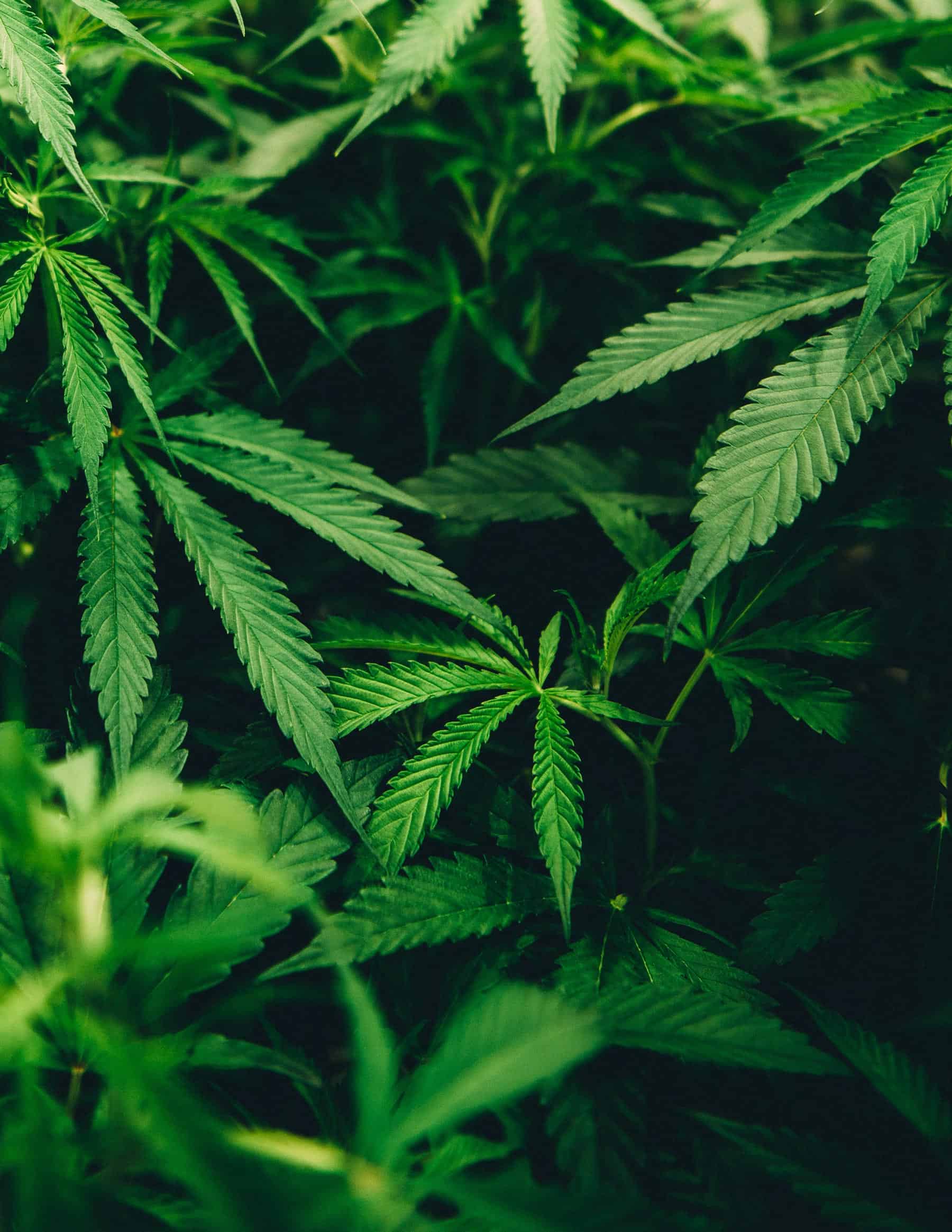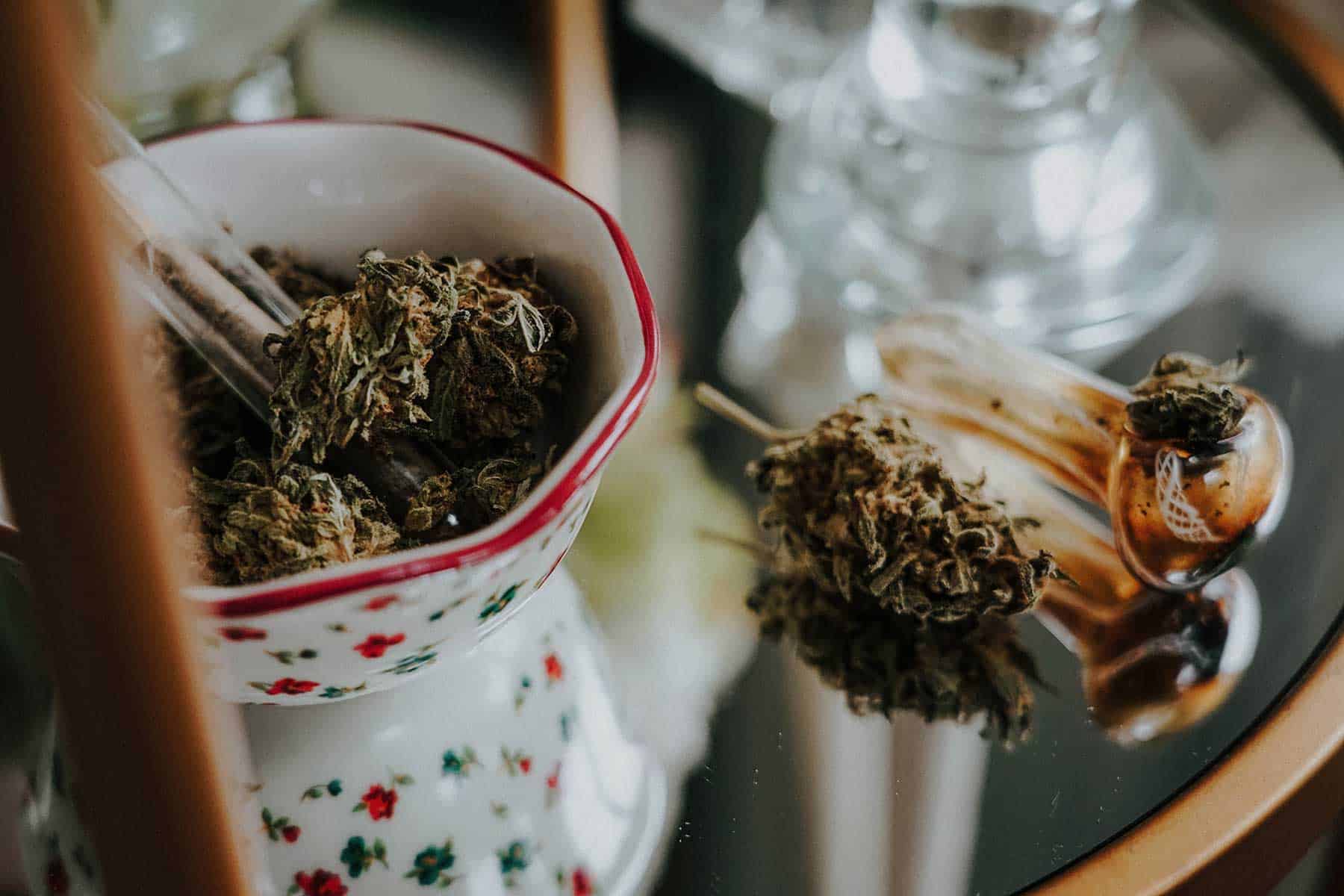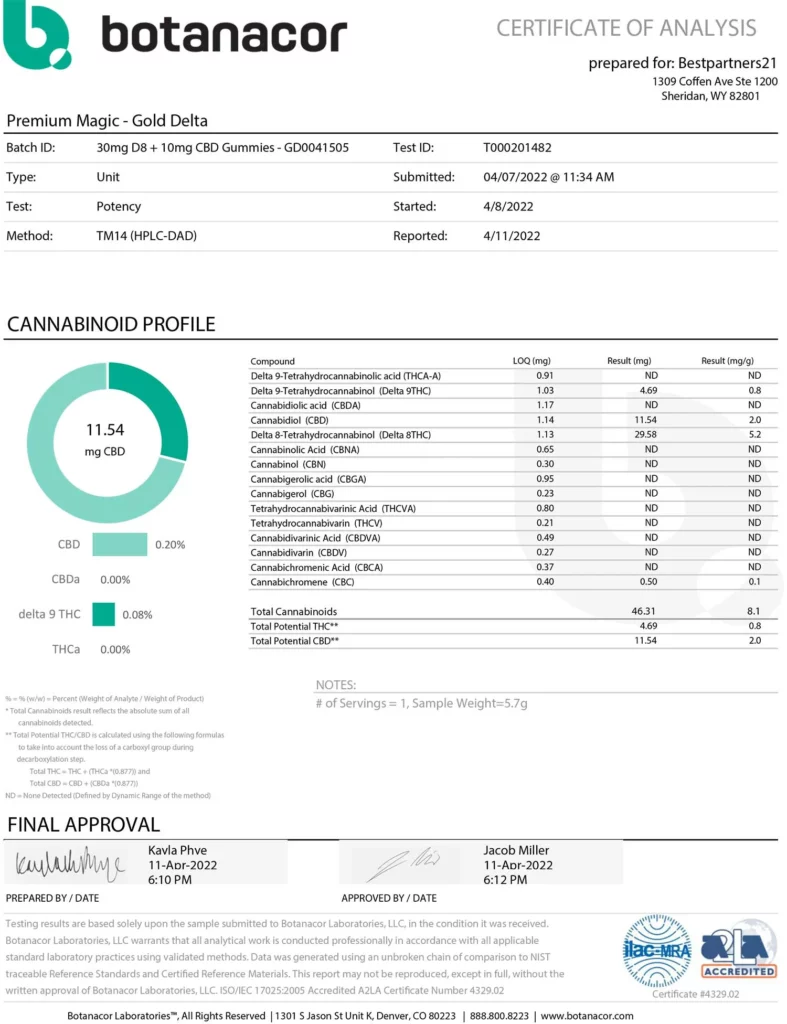
Understanding the Science of Cannabis: Cannabinoids Explained

Ladies and gentlemen, prepare for takeoff. We are about to embark on an intriguing journey through the captivating world of cannabis science. It’s a place where ancient traditions meet modern science, and where mystery unravels into understanding.
From the unassuming cannabis plant, we’ll delve deep into its very heart, exploring the magic of cannabinoids – the wonder compounds that are shaking up the way we think about wellness and therapy.
Our expedition will carry us across time, from cannabis’ historical roots through to today’s cutting-edge research. We’ll unravel complex concepts, demystify jargon, and decode the science that’s capturing headlines around the globe. Whether you’re a seasoned cannabis enthusiast or a curious newcomer, there’s something here for you.
So buckle up, open your mind, and let’s get this journey underway. Here’s your ultimate guide to understanding the science of cannabis: cannabinoids explained!
What is Cannabis?
Ah, Cannabis! You’ve likely heard its street names – marijuana, weed, pot, Mary Jane, and countless others. The aliases are as diverse as the plant itself. Yet, what exactly is this controversial and complex green botanical that has ignited debates, inspired artists, and even launched a global wellness revolution?
Cannabis, my friends, is a genus of flowering plants hailing from the family Cannabaceae. Now, that’s a bit of a mouthful, isn’t it? Think of it as a family name for this fascinating plant.
Tracing its roots, this plant species is native to Central and South Asia but has since traveled far and wide, setting down roots in virtually every corner of the globe. It’s been a staple in human civilization for thousands of years. Some historical accounts even suggest its usage dating back as far as 500 BC. Talk about a historical heavyweight!
But what was it used for, you may wonder?
Well, it’s had an impressive CV, even in ancient times. From being revered for spiritual and religious rites to finding its way into early medicine cabinets for its therapeutic properties, to its use in manufacturing ropes, textiles, and paper – cannabis has been a bit of a jack-of-all-trades.
Fast forward to today, and cannabis has been thrust back into the spotlight. From coffeeshops in Amsterdam to dispensaries in California, the plant has had a resurgence in popularity. But why?
The answer lies deep within the heart of the cannabis plant, in over a hundred special compounds known as cannabinoids. It’s these hidden gems that are behind many of the effects attributed to cannabis – from the mind-altering ‘highs’ to potential therapeutic benefits.
The exciting bit? We’re only just beginning to scratch the surface of understanding these complex compounds. It’s a thrilling time, with new discoveries constantly reshaping our understanding of cannabis and its potential.
Stick around as we dive deeper into this captivating plant’s secret world and unlock the science behind it! The journey has just begun.

Gold + Silver Combo Fruity Mix
Original price was: $154.98.$68.99Current price is: $68.99.
Or Subscribe and Save 30%

Gold + Silver Combo Tropical Mix
Original price was: $154.98.$67.99Current price is: $67.99.
Or Subscribe and Save 30%
The Impact of Cannabis on Humans
Alright, we’ve already established what cannabis is, and it’s time to tackle another key question – how does it interact with us humans?
You see, we’re not just passive bystanders in this relationship. In fact, our bodies come equipped with a whole system designed to interact with this plant – the endocannabinoid system. But more on that later. Let’s first delve into how cannabis has been painting its strokes on the canvas of human history.
Throughout history, humans and cannabis have had a relationship that borders on the complicated. Like a seasoned dance partner, cannabis has twirled its way through our societies, offering us moments of relief, introspection, creativity, and yes, even controversy.
Now, why this dance? The reason lies in the unique cocktail of chemical compounds that cannabis plants produce – cannabinoids. These are the real deal-makers, dictating how we respond to cannabis. And trust me when I say, they are real game-changers.
Let’s start with the most talked-about experience – the “high”. This psychedelic ride is mostly thanks to one particular cannabinoid – THC (Tetrahydrocannabinol). Ever wondered why you feel euphoric, relaxed, or perceive things a tad differently after consuming cannabis?
You’ve got THC to thank for it. It’s like a key that fits perfectly into specific locks (receptors) in our brain, turning up the dial on dopamine and giving us a high.
But, cannabis isn’t just about getting high and having a good time. It has another side, a more sober, therapeutic side, thanks largely to another cannabinoid – CBD (Cannabidiol).
Research into CBD is opening doors to potential benefits, from pain relief and reducing inflammation, to alleviating symptoms of anxiety and depression. It’s this complex, dual nature of cannabis – recreational and therapeutic – that makes our dance with it so intriguing.
As we step forward in the dance, we’re also learning about the potential downsides. Overconsumption, possible dependency, and mental health concerns are all parts of the conversation. They serve as a reminder that our understanding is evolving, and that balance and moderation are key.
Decoding Cannabinoids
Buckle up, folks! We’re about to embark on a thrilling exploration into the heart of cannabis. No, we won’t be taking a literal journey into the plant, but diving into its biochemistry. It’s here, within this labyrinth of complex chemical structures, that we encounter some real VIPs (Very Important Phytochemicals), the stars of our story – the cannabinoids.
What are Cannabinoids?
Picture the cannabis plant as a chemical factory. A particularly productive one at that, churning out over 100 unique compounds called cannabinoids. Think of them as the secret sauce that gives cannabis its particular kick.
These fascinating molecules are the main drivers behind cannabis’s effects, from the well-known high to the potential therapeutic benefits. They are like keys that can unlock a whole host of responses in our bodies.
But how do they work, you ask? For that, we need to venture inside our own bodies, to a place called the endocannabinoid system.
The Endocannabinoid System
The endocannabinoid system or ECS – now, there’s a term that doesn’t exactly roll off the tongue, right? But stick with me here.
This system is essentially our body’s way of interacting with cannabinoids. It’s like a vast network of locks (receptors) spread throughout our body, in places like the brain, immune cells, and spinal cord. And guess what the keys to these locks are? Yep, you got it – cannabinoids.
The ECS plays a critical role in maintaining our body’s balance or homeostasis. It helps regulate everything from sleep, mood, appetite, to pain and immune response. When cannabinoids from cannabis enter our body, they interact with the ECS, triggering various responses.
Types of Cannabinoids
Out of the over 100 cannabinoids produced by the cannabis plant, two have stepped into the limelight – THC (Tetrahydrocannabinol) and CBD (Cannabidiol).
THC is the rebel of the lot, the one responsible for the famous (or infamous, depending on how you see it) cannabis high. It binds strongly to the receptors in the ECS, particularly in the brain, leading to feelings of euphoria and relaxation.
CBD, on the other hand, is the quiet hero. It doesn’t cause a high, but has been gathering attention for its potential therapeutic effects. Research suggests it could help with conditions like chronic pain, anxiety, epilepsy, and more.
The exciting bit?
These two cannabinoids are just the tip of the iceberg. There’s a whole array of other cannabinoids waiting to be explored, and who knows what potential they hold?
So there you have it! A brief tour into the heart of cannabis, introducing you to the magic of cannabinoids. But we’re far from done. Ready to learn more about how these cannabinoids shape our experience with cannabis? Let’s dive in!
The Effects of Cannabinoids
Now that we’ve unpacked the basics of cannabinoids, it’s time for the real excitement: understanding how these molecular maestros can lead to an intricate symphony of effects in our bodies. Let’s take the stage, tune our instruments, and get ready for a fascinating performance!
The Psychedelic Symphony: THC
When it comes to cannabinoids, THC (Tetrahydrocannabinol) is undoubtedly the rockstar. It’s the primary psychoactive compound in cannabis – the one that gets you “high”.
But how does this happen, you ask?
Picture THC as a musician playing a captivating tune on the ECS receptors (particularly CB1 receptors) in your brain. When it binds to these receptors, it triggers a cascade of reactions leading to an altered state of consciousness. The experience can be as varied as music itself – euphoric and uplifting for some, relaxing and introspective for others, and for a few, it might be disconcerting or even anxiety-inducing.
Along with the psychoactive effects, THC also has potential therapeutic benefits. It’s shown promise in managing chronic pain, improving appetite, and reducing nausea. However, remember that THC’s music should be played responsibly. Excessive exposure can lead to dependency and negative mental health effects.
The Therapeutic Ballad: CBD
While THC plays the psychedelic symphony, CBD (Cannabidiol) orchestrates a calming ballad. It’s the second most prevalent cannabinoid and plays a much more subdued role. Unlike THC, CBD doesn’t cause a high. So, no matter how much you take, you’re not going to get an intoxicating effect.
What it lacks in psychedelic prowess, it makes up for with potential therapeutic effects. The ways CBD can impact our health are like notes on a piano – diverse and extensive. It has shown promise in easing symptoms of ailments like epilepsy, anxiety, and chronic pain.
How does it do this? It’s all down to CBD’s unique interaction with the ECS. It doesn’t bind to the receptors in the same way as THC. Instead, it influences the receptors and enhances our body’s natural cannabinoids. It’s like a conductor ensuring that all the instruments (our body’s functions) are playing harmoniously.
The Unsung Heroes: Other Cannabinoids
Let’s not forget about the other cannabinoids – the backup band, if you will. These include compounds like CBC (Cannabichromene), CBG (Cannabigerol), and CBN (Cannabinol), among others. Although they’re lesser-known, they’re also stepping into the limelight as research expands. Some studies suggest that these other cannabinoids may have their own therapeutic effects, and might even work better together in what’s called the “entourage effect”. The concept suggests that just like a band, cannabinoids produce the best performance when they work together.
So, there you have it – an exploration into the performance of cannabinoids in our bodies. But remember, while we’ve learned a lot, there’s still more to discover. This performance is ongoing, with new acts and revelations continually being added. So, stay tuned for more! The curtain hasn’t fallen yet on our fascinating journey into the world of cannabis and cannabinoids.
Unraveling the ‘Entourage Effect’
Remember the band analogy for cannabinoids? The idea that, just like a band, cannabinoids perform best when they work together? This is known as the “entourage effect” – a concept that’s becoming a key focus in future cannabinoid research.
While THC and CBD have been hogging the limelight, scientists are starting to appreciate the potential roles of other lesser-known cannabinoids. Could combining these cannabinoids lead to more effective therapeutic outcomes? It’s a tantalizing prospect, like finding a hidden track on your favorite album. And researchers are all over it, keen to unravel this intricate symphony.
Future Research and Considerations
Cannabinoid-based Therapies
One exciting avenue of future research is the development of cannabinoid-based therapies. From chronic pain management to mental health treatments, the potential therapeutic applications of cannabinoids are vast and varied.
What’s more, as our understanding of individual cannabinoids grows, the potential for tailor-made therapies becomes more real. Imagine a world where your medication is tuned precisely to your body’s needs, like a personal playlist. That’s the future we could be heading towards!
Personalized Medicine and Genomics
The future of cannabinoid research is not only about the plant but also about us. You see, the effects of cannabinoids can be influenced by our genetics. As we learn more about this, the field of personalized cannabinoid medicine is beginning to emerge.
By understanding our genetic predispositions, we might be able to predict how individuals will respond to different cannabinoids. It’s like having a personal DJ who knows exactly what song to play to get you on the dance floor.
Policy and Legal Landscape
Of course, the future of cannabinoid research isn’t just about the science. The policy and legal landscape play a significant role too. As societal attitudes towards cannabis shift, so too do laws and regulations. These changes can open up new avenues for research, breaking down barriers and shedding light on previously unexplored corners of cannabis science.
Challenges in Cannabis Research
Legal constraints, stigma, and lack of standardization are just some of the hurdles hindering cannabis research. However, as laws and attitudes evolve, the field of cannabinoid science is set for exciting potential breakthroughs. The aim is to leverage the therapeutic benefits of cannabinoids while mitigating potential harms.
Conclusion
The study of cannabis and cannabinoids is a fascinating journey that unravels the complex interplay between this unique plant and human physiology. As the science of cannabis continues to evolve, we can look forward to more profound insights that can potentially revolutionize medical science.
The two main cannabinoids are THC (Tetrahydrocannabinol) and CBD (Cannabidiol).
The endocannabinoid system plays a role in regulating a range of bodily functions and processes, including sleep, mood, appetite, memory, reproduction, and fertility.
The legality of CBD varies by country and state. As of my knowledge cutoff in September 2021, in the United States, hemp-derived CBD products are legal under federal law.
Some research suggests that CBD may help manage symptoms of anxiety, but more research is needed to confirm its efficacy and safety.
Future research could focus on leveraging the therapeutic benefits of cannabinoids for various medical conditions, understanding the long-term effects of cannabinoid use, and developing standardized, quality-controlled cannabinoid products for therapeutic use.







